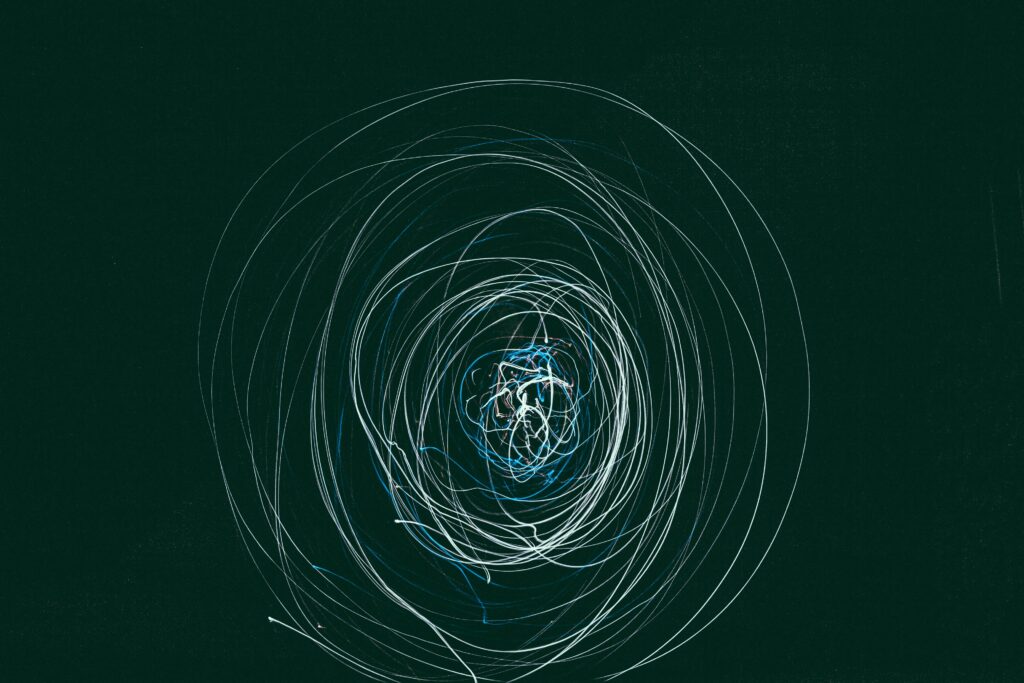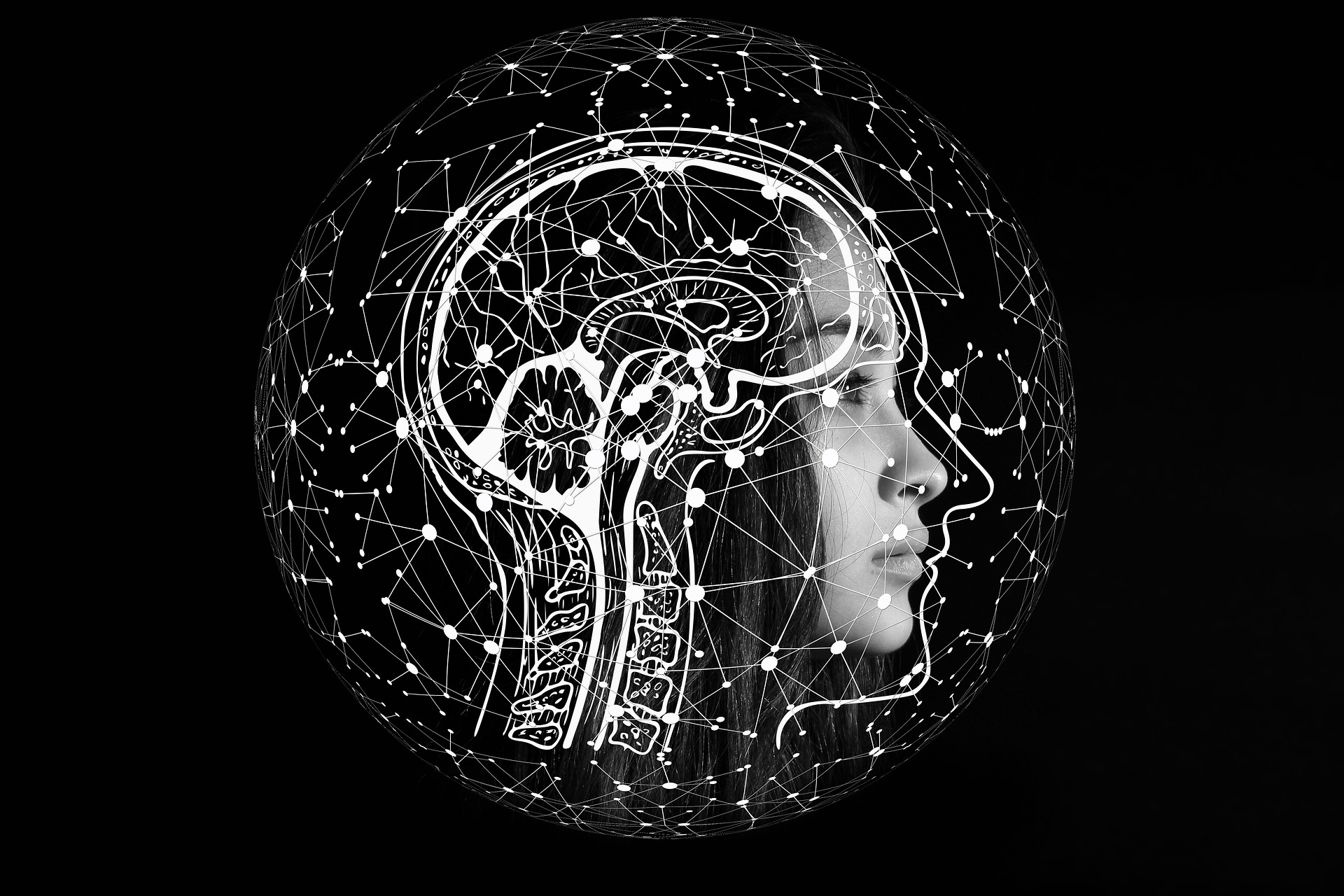In the realm of intellectual property law, patent specifications serve as the cornerstone for granting exclusive rights to inventors and innovators. These documents, often laden with complex technical language, define the boundaries of what an invention encompasses. However, clarity in patent specifications is paramount, and ambiguity can lead to legal disputes and hinder innovation.
Enter artificial intelligence (AI), a transformative force that is revolutionizing the way we approach patent specification clarity. In this comprehensive article, we will delve deep into the significance of patent specification clarity, the challenges it poses, and how AI is emerging as a game-changer in this domain.
The world of patents is a complex and dynamic one, with innovation at its core. Patents grant inventors the exclusive right to their creations, encouraging innovation by ensuring that inventors can reap the rewards of their hard work. However, for patents to fulfill their intended purpose, they must be clear and precise in their descriptions. Ambiguity or vagueness in patent specifications can have far-reaching consequences, from prolonged examination processes to costly legal disputes. This is where AI steps in as a powerful ally, offering innovative solutions to enhance patent specification clarity.
In this article, we will embark on a journey to explore the vital role of patent specification clarity, the challenges that often arise, and the ways in which AI is transforming this landscape. From the ethical considerations surrounding AI in patent law to practical tips for patent applicants and professionals, we will provide a comprehensive overview of this exciting convergence of law and technology.
The Importance of Patent Specification Clarity
A. Why Clarity in Patent Specifications Matters
At the heart of the patent system lies the fundamental principle of disclosure. In exchange for exclusive rights, patent holders are required to provide clear and comprehensive descriptions of their inventions. This serves two crucial purposes: firstly, it enables others to understand and build upon existing innovations, fostering a culture of continuous advancement. Secondly, it helps patent examiners determine the patentability of an invention by assessing its novelty, non-obviousness, and utility.
B. Consequences of Unclear Patent Specifications
When patent specifications lack clarity, the ramifications can be substantial. Legal disputes may arise as competitors and stakeholders interpret the patent in conflicting ways. Prolonged litigation can drain resources and stifle innovation, as uncertainty looms over the market. Furthermore, patent examiners face difficulties in assessing the patent’s validity, leading to delays in the examination process.
C. The Role of Patent Examiners in Assessing Clarity
Patent examiners play a pivotal role in evaluating the clarity of patent specifications. They must decipher complex technical language and ensure that the description meets the standards set by patent law. However, the sheer volume of patent applications and the intricacies of various technological domains make this a formidable task. This is where AI-powered tools come to the rescue, augmenting the capabilities of patent examiners and promoting consistency in examination.
Challenges in Achieving Patent Specification Clarity
A. Ambiguity and Vague Language
One of the primary challenges in patent specification clarity is the use of ambiguous or vague language. Patent documents are often written by inventors or their legal representatives, who may not possess the linguistic precision required to draft a clear and unambiguous document. Ambiguity can lead to multiple interpretations, giving rise to disputes.
B. Complex Technical Jargon
Patents span a wide range of technological domains, from biotechnology to artificial intelligence. Each domain has its own specialized terminology and concepts. Patent specifications must accurately convey these technical details without becoming indecipherable to non-experts. This balance between technical precision and accessibility is a significant challenge.
C. Lack of Consistency in Terminology
Consistency is key in patent specifications. Inconsistent use of terminology can confuse readers and hinder the patent’s enforceability. Achieving uniformity while accurately describing complex innovations can be daunting, especially in large patent portfolios.
D. The Impact of Linguistic and Cultural Differences
Patents are filed and examined in various countries and regions, each with its own linguistic nuances and cultural contexts. Translating patent specifications accurately and ensuring that they are culturally sensitive adds an additional layer of complexity. These challenges have long been the bane of patent professionals and inventors alike. However, the advent of AI brings a ray of hope, offering innovative solutions to address these issues head-on.
How AI is Transforming Patent Specification Clarity
A. Natural Language Processing (NLP) and Its Role in Patent Analysis
Natural Language Processing (NLP) is a subfield of AI that focuses on enabling machines to understand and generate human language.
Natural language processing (NLP) refers to the branch of computer science—and more specifically, the branch of artificial intelligence or AI—concerned with giving computers the ability to understand text and spoken words in much the same way human beings can.
NLP combines computational linguistics—rule-based modeling of human language—with statistical, machine learning, and deep learning models. Together, these technologies enable computers to process human language in the form of text or voice data and to ‘understand’ its full meaning, complete with the speaker or writer’s intent and sentiment.
In the context of patent analysis, NLP plays a pivotal role in parsing and comprehending the language used in patent specifications. NLP algorithms are capable of identifying linguistic patterns, extracting key information, and assessing the overall clarity of a document.
B. AI-Powered Tools for Patent Specification Analysis
AI-driven tools designed for patent specification analysis come equipped with a range of features that address the challenges we discussed earlier.
1. Text Mining and Data Extraction
Text mining techniques enable these tools to sift through vast repositories of patent documents, extracting essential information while identifying inconsistencies, ambiguities, and irregularities in language usage. This not only saves time but also ensures a higher level of consistency across patent portfolios.
2. Language Translation and Cross-Cultural Analysis
For patents with international reach, AI-powered translation tools bridge linguistic gaps. They not only translate patent specifications accurately but also consider cultural nuances, ensuring that the translated documents maintain their clarity and legal effectiveness.
3. Semantic Analysis and Context Understanding
AI algorithms are now capable of understanding context and semantics. This means that they can discern between homonyms, understand the intended meaning of a term based on the surrounding text, and identify synonyms and related concepts, reducing ambiguity in patent specifications.
Benefits of AI-Enhanced Clarity in Patent Specifications
One of the most tangible benefits of AI in patent specification clarity is the acceleration of patent examination processes. Patent offices are often inundated with applications, leading to significant delays. AI-powered tools not only improve the quality of specifications but also help patent examiners work more efficiently.
Clear patent specifications leave less room for interpretation and, consequently, fewer opportunities for legal disputes. AI’s role in reducing ambiguity and ensuring precise language usage can lead to substantial cost savings for inventors and businesses. When patent specifications are clear and accessible, it becomes easier for inventors, researchers, and businesses to understand existing technology. This transparency fosters innovation as inventors build upon each other’s work, leading to advancements that benefit society as a whole.
AI-powered analysis tools can be instrumental in managing large patent portfolios. They can highlight inconsistencies, identify areas for improvement, and assist in making strategic decisions regarding patent maintenance, licensing, or enforcement.
Ethical and Privacy Considerations in AI for Patents
A. Data Privacy Concerns in Patent Analysis
AI tools require access to vast datasets of patent documents to function effectively. This raises concerns about the privacy of sensitive information contained in these documents. Patent offices and AI providers must ensure robust data security and privacy measures are in place to protect the intellectual property of inventors.
B. Bias and Fairness in AI-Driven Patent Analysis
AI algorithms are only as good as the data they are trained on. If historical patent data contains biases or reflects historical inequalities, AI tools may perpetuate these biases. Ensuring fairness and equity in patent examination through AI requires ongoing monitoring and adjustment.
C. The Need for Transparency and Accountability
AI-driven decisions in patent examination must be transparent and subject to scrutiny. Patent applicants and the public should have visibility into how AI tools influence examination outcomes. Accountability mechanisms should be in place to rectify errors or biases.
As AI becomes more deeply integrated into the patent examination process, addressing these ethical and privacy considerations is essential to maintaining trust in the patent system.

Current Challenges and Limitations of AI in Patent Specification Clarity
While AI has made significant strides in understanding and analyzing patent language, highly technical and specialized domains present ongoing challenges. AI tools must continually evolve to keep pace with the rapid advancements in various fields.
Technology evolves at a breakneck pace, and with it, the language used to describe new innovations. AI models need to be regularly updated to understand and adapt to emerging terminology. Global patent systems demand that AI tools account for cultural and regional nuances in patent specifications. What is clear and precise in one language may not translate seamlessly to another.
AI-driven translation and analysis must be culturally sensitive. Despite these challenges, the potential of AI in enhancing patent specification clarity is undeniable. As technology continues to advance, we can expect AI to play an increasingly pivotal role in patent law.
The Future of AI in Enhancing Patent Specification Clarity
A. Advancements in AI and NLP Technology
The field of AI is dynamic and continuously evolving. Advancements in AI and NLP technology will lead to even more sophisticated tools for patent specification analysis. These tools will become increasingly adept at handling technical complexity and linguistic nuances.
B. Integration of AI with Patent Examination Processes
AI will become an integral part of patent examination processes. Patent offices may rely on AI tools to pre-screen applications for clarity, speeding up the examination process. Additionally, AI-driven patent search engines will provide patent examiners with more precise and relevant prior art.
C. Potential Regulatory Changes and Standards
As AI becomes more deeply embedded in patent processes, regulatory bodies may develop guidelines and standards for its use. These regulations will aim to strike a balance between harnessing the benefits of AI and addressing ethical and privacy concerns.
Practical Tips for Patent Applicants and Professionals
Patent applicants should consider AI-driven analysis when drafting specifications. Avoiding vague language and ensuring consistent terminology can improve clarity and reduce the risk of legal disputes. Choosing the right AI tools and service providers is crucial. Assess their track record, transparency, and commitment to data privacy and fairness. The AI landscape is rapidly evolving. Patent professionals should stay informed about the latest advancements and be prepared to adapt their practices accordingly.
Patent specification clarity is a foundational element of the intellectual property system, and AI is emerging as a powerful ally in enhancing this clarity. From addressing linguistic challenges to accelerating examination processes and reducing legal disputes, AI is poised to revolutionize the way we approach patent law.
As we navigate the evolving landscape of AI in patent specification clarity, it is essential to remain vigilant about ethical considerations and privacy concerns. By harnessing the potential of AI while upholding the principles of transparency and fairness, we can unlock a future where innovation flourishes, legal disputes diminish, and patent specifications become beacons of clarity in the intellectual property world.
